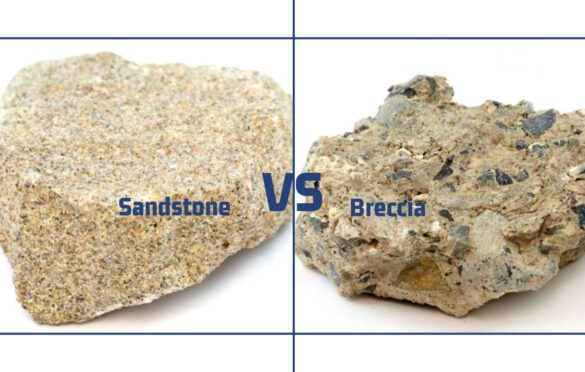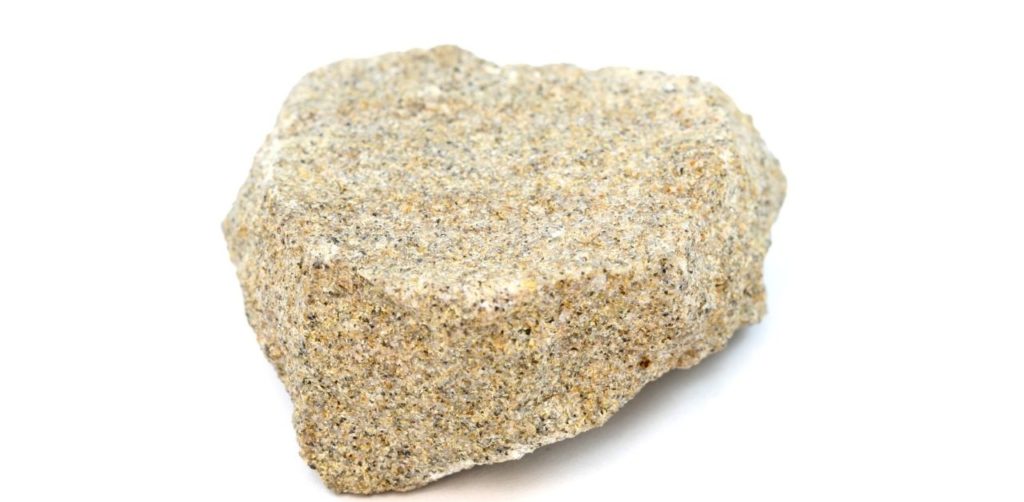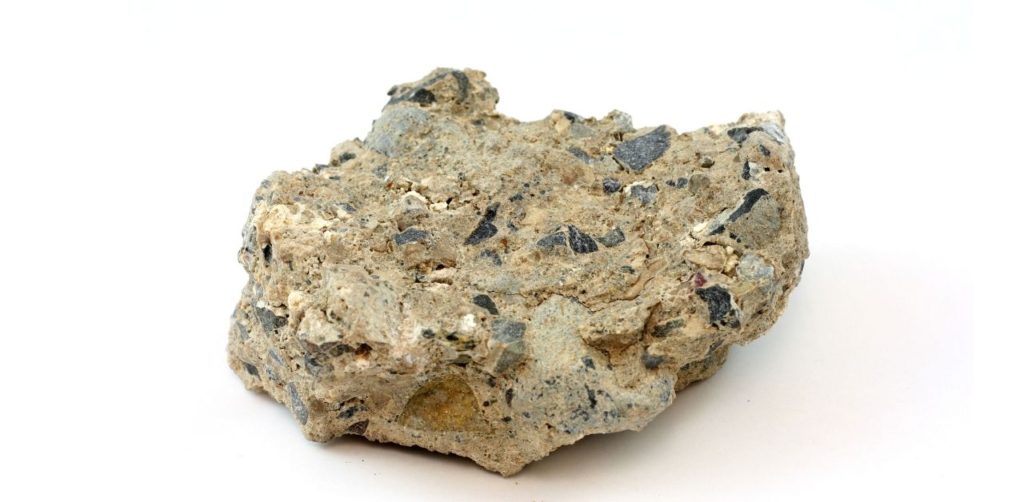What is the difference between Sandstone and Breccia?

Sandstone and breccia are two common sedimentary rocks that are formed from different geological processes and have distinct characteristics. Understanding the difference between sandstone and breccia is important for geologists and anyone interested in rocks and minerals. In this article, we will explore the differences between sandstone and breccia in detail.
Formation and Composition Sandstone and breccia
Sandstone is a sedimentary rock that is formed by the accumulation of sand grains that are cemented together over time. The sand grains are typically composed of minerals such as quartz, feldspar, and mica. The cement that holds the sand grains together can be composed of a variety of minerals including calcite, silica, and iron oxide.
Breccia, on the other hand, is a sedimentary rock that is formed from broken fragments of other rocks. These fragments can be composed of a variety of different rock types including limestone, sandstone, and granite. The fragments are cemented together by minerals such as calcite, silica, or iron oxide.
Texture and Appearance Sandstone and breccia
Sandstone has a granular texture that is visible to the naked eye. The individual sand grains can be seen and felt when the rock is touched. Sandstone can be a range of colors including white, yellow, red, and brown. The color of sandstone is determined by the minerals present in the sand grains and the cementing material.
Breccia, on the other hand, has a clastic texture that is composed of large, angular fragments that are cemented together. The fragments can range in size from small pebbles to boulders. Breccia can be a range of colors including white, black, gray, red, and brown. The color of breccia is determined by the composition of the fragments and the cementing material.
Uses Sandstone and breccia
Sandstone is commonly used in construction as a building material. It is also used in the production of glass and ceramics. Sandstone is also used as a natural gas and oil reservoir rock.
Breccia is often used as a decorative stone in construction projects. It is also used in the production of cement and as a source of crushed stone for road construction.
Conclusion
In summary, sandstone and breccia are two distinct sedimentary rocks that are formed from different geological processes and have unique characteristics. Sandstone is formed from the accumulation of sand grains that are cemented together, while breccia is formed from broken fragments of other rocks that are cemented together. Sandstone has a granular texture and can be a range of colors, while breccia has a clastic texture and is composed of angular fragments that can also be a range of colors. Both sandstone and breccia have a variety of uses in construction and industry, making them important resources for society.


